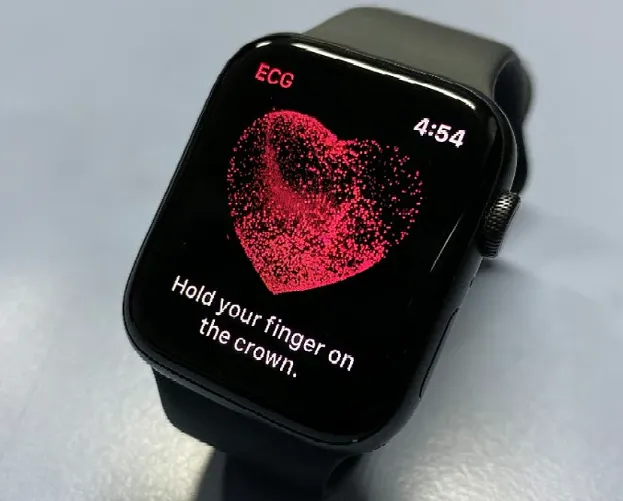Wearable devices are quickly moving beyond fitness tracking to play an important role in personal healthcare. Smartwatches, in particular, are providing valuable insights into heart rate, sleep cycles, and overall wellness. In some cases, this real-time monitoring has proven to be more than just convenient—it has been life-saving.
A Scary Turn During Pregnancy
Rachel Manalo, a pediatric cardiologist, experienced this firsthand while expecting her first child. During her second trimester, she began noticing troubling symptoms such as unusual fatigue, dizziness, and a racing heartbeat. By the time she reached 33 weeks, these episodes had become more frequent and harder to ignore.
Turning to her Apple Watch, she used its built-in electrocardiogram (EKG) tool. The results pointed to abnormal heart activity, giving her the push to seek urgent medical care.
A Dangerous Diagnosis
Hospital tests confirmed she was suffering from ventricular tachycardia, a condition where the heart beats dangerously fast. At one point, her pulse surged to 150 beats per minute and stayed elevated for over 40 minutes—an alarming level that put both her life and her baby’s at risk.
Her medical team at UCLA determined that a natural delivery would put too much strain on her heart. At 34 weeks, doctors performed an emergency C-section to protect both mother and child.
The Balance Between Tech and Expertise
While the Apple Watch provided the initial warning, her doctors stressed that such devices are not a substitute for professional care. The data from wearables can be extremely useful, but it needs to be interpreted by trained specialists to avoid misdiagnosis or unnecessary panic.
Following the delivery, Rachel underwent treatment to stabilize her heart condition. Thankfully, her baby girl, Samantha, was born healthy, and both are now doing well.
A Glimpse Into the Future of Healthcare
This case is a powerful reminder of how consumer technology can support medical care. A device worn on the wrist every day provided critical information at the right moment, leading to a timely intervention. For Rachel and her daughter, it made all the difference—highlighting how wearables are becoming vital tools in safeguarding health.
